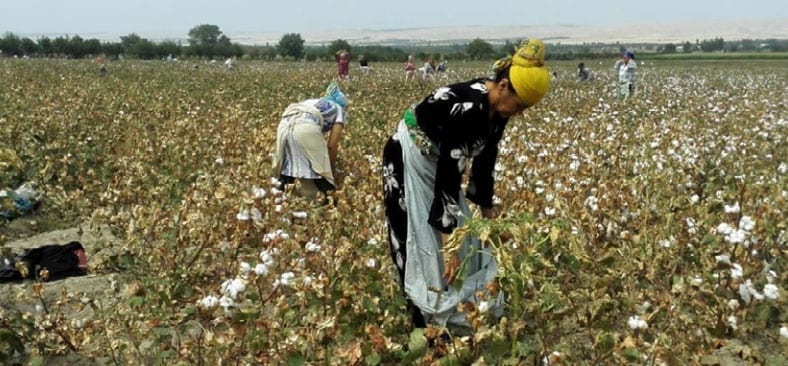
Mar 16, 2016
The Uzbekistan government again forced more than 1 million teachers, nurses and others to pick cotton for weeks during last fall’s harvest. But this time, the government went to extreme measures—including jailing and physically abusing those independently monitoring the process—to cover up its actions, according to a new report.
“The government unleashed an unprecedented campaign of harassment and persecution against independent monitors to attempt to cover up its use of forced labor while taking pains to make widespread, massive forced mobilization appear voluntary,” according to The Cover-Up: Whitewashing Uzbekistan’s White Gold.
Further, Uzbek officials in some cases forced teachers, students and medical workers to sign statements attesting that they picked cotton of their own will and agreeing to disciplinary measures, including being fired or expelled, if they failed to pick cotton. It instructed people to lie to monitors saying they came to pick cotton of their own volition.
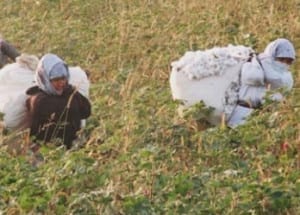
Roughly 1 million teachers, nurses and other workers are forced each year to toil in Uzbekistan’s cotton fields. Credit: Uzbek-German Foundation
Covering Up for Cash
Uzbekistan, which gets an estimated $1 billion per year in revenue from cotton sales, faced high penalties for not addressing its ongoing forced labor. But rather than end the practice, the government sought to cover it up, according to the report, produced by the Uzbek-German Forum for Human Rights.
The World Bank has invested more than $500 million in Uzbekistan’s agricultural sector. Following a complaint from Uzbek civil society, the bank attached loan covenants stipulating that the loans could be stopped and subject to repayment if forced or child labor was detected in project areas by monitors from the International Labor Organization (ILO), contracted by the World Bank to carry out labor monitoring during the harvest.
Last week, the Cotton Campaign, a coalition of labor and human rights groups that includes the Solidarity Center, presented a petition signed by more than 140,000 people from around the world to World Bank President Dr. Jim Yong Kim, calling on the bank to suspend lending to the agriculture sector in Uzbekistan until the Uzbek government changes its policy of forced labor in the cotton industry.
Farmers and business owners also were coerced by the government, the report found. Farmers are forced to plant state-ordered acreage of cotton and wheat or face the loss of their land. In 2015 the government relied on law enforcement to monitor and control the agricultural process and instill fear in farmers. Police regularly patrolled cotton fields, inspected farms and monitored workers and the harvest progress.
Officials and business owners, under pressure to support the national cotton harvest plan, ordered 40 percent or more of their employees to pick cotton, often in written directives.
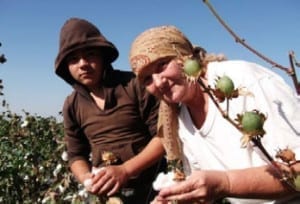
Elena Urlaeva (right), was arrested at least four times and physically abused in prison for her work monitoring forced labor practices in Uzbekistan. Credit: Uzbek-German Forum
Physically Abused in Prison
Among independent monitors harassed by the Uzbek government, long-time human rights and civic activist, Elena Urlaeva, was arrested at least four times during the 2015 cotton harvest as well as twice during the spring planting and weeding season.
The head of the Tashkent-based Human Rights Alliance of Uzbekistan, Urlaeva reported that she was injected with sedatives, stripped searched and forced to go without sanitation facilities during one incarceration last year. Another time, Urlaeva, her husband, their 11-year-old son and a family friend and farmer who had invited them to stay on his land were arrested because Urlaeva “photographed the fields without permission.”
For years, the Uzbekistan government has forced health care workers, teachers and others to pick cotton for 15 to 40 days, working long hours and enduring abysmal living conditions, including overcrowding and insufficient access to safe drinking water and hygiene facilities.
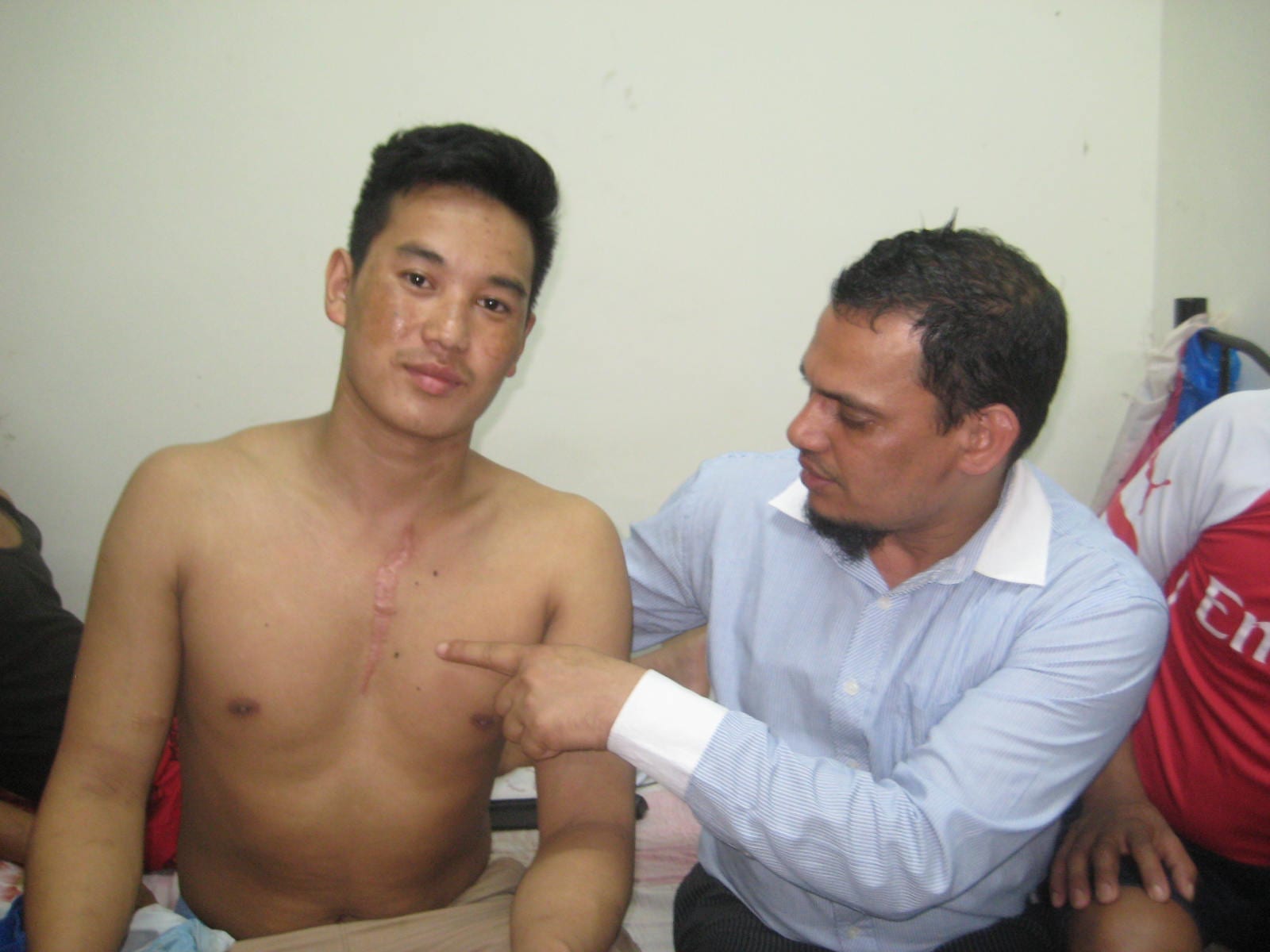
Jan 19, 2016
Migrant workers at a glass factory in Malaysia say that for the past year, they have been forced to work 16-hour days, Monday through Friday, and eight-hour days on Saturdays and Sundays—without a day off. Injuries are common, such as the deep, seven-inch long gash one worker suffered on his chest while carrying glass.
Their report is the latest in a litany of continuing violations of migrant worker rights compiled by the Malaysian Trades Union Confederation (MTUC) and the General Federation of Nepalese Trade Unions (GEFONT), both Solidarity Center allies.
Over the past year, MTUC and GEFONT have documented hundreds of cases of employer abuse of migrant workers in Malaysia, often rising to the level of forced labor. Many of these workers, from China, India, Nepal, Sri Lanka and elsewhere, say their employer had not paid them, or had given them wages far below what they had been promised before leaving home. Female workers report being sexually assaulted by their employers.
Some 400 workers from Nepal died last year in Malaysia, according to Nepal’s labor attaché, who spoke before nearly 200 workers taking part at an MTUC-sponsored International Migrants Day event last month.
Migrant workers also suffer slave-like conditions on Malaysia’s palm oil plantations, according to a Wall Street Journal report last year.
Despite a slowing economy, employers in Malaysia are recruiting more migrant workers because they are paid less and do not receive social protection benefits, says N. Gopal Kishnam, MTUC general-secretary.
“Companies like to bring in foreign workers because they are easier to manage compared with locals. They also work hard and complain less,” Gopal told the Malaysian Insider.
A Malaysian employers’ group estimates that 20,000 workers were laid off last year, excluding 6,000 Malaysian Airlines workers who were let go as part of that company’s restructuring plan. Gopal said the figure is likely to be twice as high.
In July, the U.S. State Department upgraded Malaysia in its annual Trafficking in Persons Report, citing the country’s “significant efforts” to eliminate human trafficking.
“Many employers are still wrongly holding on to passports and work passes/visas/permits,” the MTUC said last year. “When workers claim their rights through existing legal avenues, many employers simply terminate their workers, and for migrant workers this also mean the loss of ability to stay in Malaysia which is a requirement in law if they want to pursue their claims for justice.”
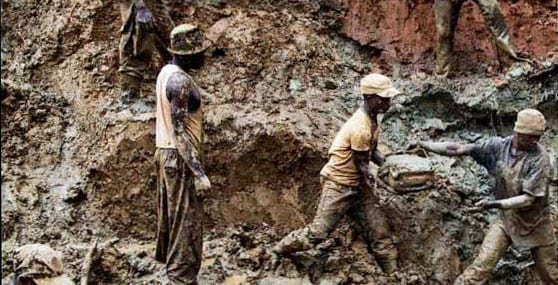
Dec 2, 2015
The following is crossposted from Equal Times.
On November 18, 2015, Norway ratified the International Labor Organization’s (ILO) Forced Labor Protocol, which strengthens and updates the 1930 Forced Labor Convention (Convention 29) by adding new measures to prevent, protect and compensate those affected.
According to ILO data, some 21 million people globally are victims of forced labor, generating approximately $150 billion each year. However, the hidden nature of this and other forms of extreme labor exploitation mean the true figures could be much higher.
By becoming the second country in the world after Niger to sign the UN treaty, Norway has ensured that the Protocol will be brought into force next November.
“Norway’s ratification will help millions of children, women and men reclaim their freedom and dignity,” said ILO Director-General Guy Ryder in a statement. “It represents a strong call to other member states to renew their commitment to protect forced laborers, where ever they may be.”
Renée Rasmussen, Confederal Secretary of the Norwegian Confederation of Trade Unions, said: “The world has changed dramatically since 1930, but in many societies the issues that Convention 29 was created to deal with are still unpleasantly current.”
Although 56 per cent (11.7 million), 18 per cent (3.7 million) and 9 per cent (1.8 million) of all forced labourers are found in Asia, Africa and Latin America respectively, the reach of modern-day slavery crosses countries, continents and sectors.
Workers in agriculture, fishing, manufacturing, domestic work and mining in the Global South are particularly vulnerable, while in advanced economies huge profits are generated from forced labor in supply chains.
“Our experience [in Norway] is that forced labor seems to appear together with social dumping and violations of the Working Environment Act (labor laws) and criminal activities,” Rasmussen explained.
Further ratifications
The ILO recently joined forces with the International Trade Union Confederation and the International Organization of Employers to the promote the ratification of the Protocol, primarily through the 50 for Freedom campaign.
By mobilizing public support, it is hoped that 50 countries will ratify the Forced Labor Protocol by 2018. It the ultimate aim is universal ratification of Convention 29—as eight countries, including the United States and China are yet to do so—and the Protocol by 2030.
While various countries have expressed support for the campaign, a number of African countries appear to be taking the lead. Mauritania has started the legislative process to ratify the Protocol and last month the Zambian president Edgar Lungu signalled his country’s commitment to eliminate modern slavery.
“My country will lead by example in taking the necessary steps required towards ratification of the Protocol,” he told delegates at a regional ILO conference on trafficking and forced labour in the Zambian capital of Lusaka.
Speaking at the same conference, Cosmas Mukuka, Secretary General of the Zambian Confederation of Trade Unions explain why the ratification is so important.
“Zambia continues to be the transit point for human trafficking in Africa meaning that enforcement of Convention 29 on forced labour remains a challenge and therefore calls for a regional strategy to effectively combat forced labour and human trafficking.”
Ahead of the International Day for the Abolition of Slavery, Urmila Bhoola, the United Nations Special Rapporteur on contemporary forms of slavery, called on states, business and civil society to intensify the fight against modern slavery in supply chains.
“Modern slavery is particularly difficult to detect beyond the first tier of complicated supply chains of transnational businesses,” she said.
“However, these forms of slavery can be rooted out through a multi-stakeholder and multi-faceted approach ensuring that all business operations and relationships are based on human rights, that those responsible for supply chain-related human rights violations are held accountable and that the victims are guaranteed the right to effective judicial and non-judicial remedy and appropriate and timely assistance aimed at empowering them.”
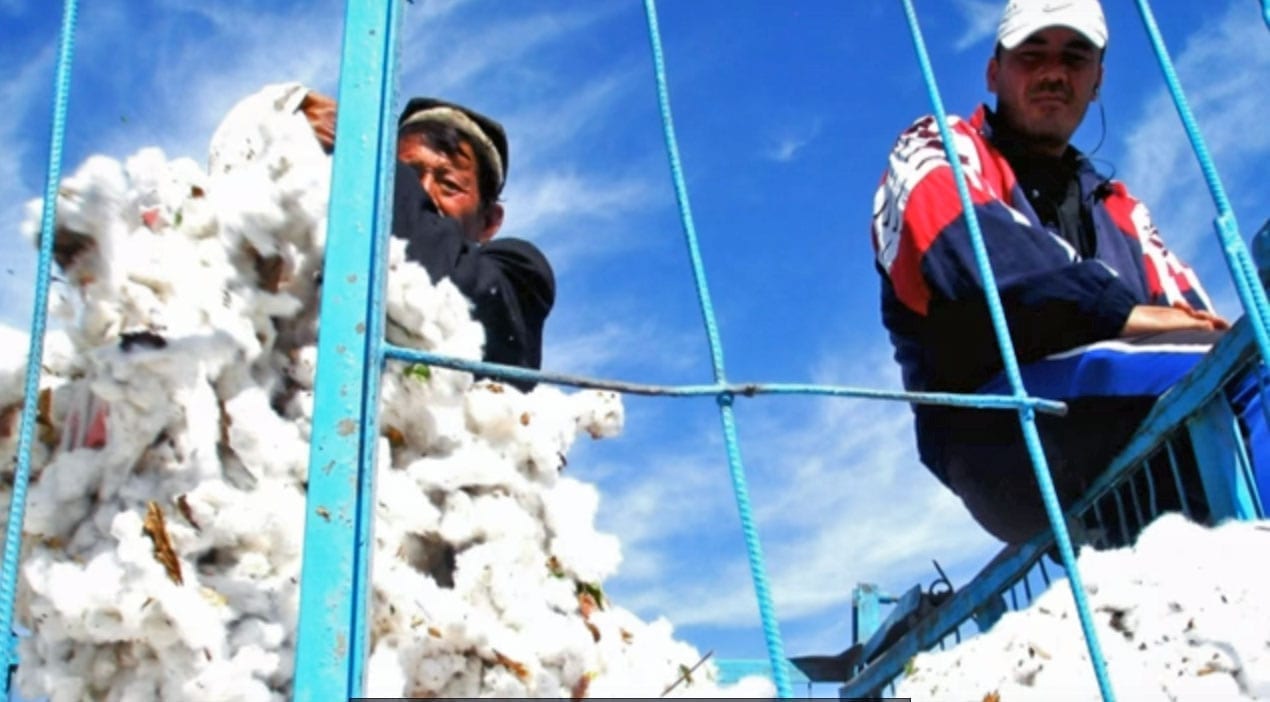
Oct 29, 2015
Uzbek labor rights activist Dimitry Tikhonov says his home office has been burned and all the equipment and documentation he collected on Uzbekistan’s use of forced labor in the country’s cotton harvests has been destroyed. No other room in his home was touched by the fire, he says.

Labor rights activist Dimitry Tikhonov says his home office was burned, destroying all his documentation on forced labor in Uzbekistan. Credit: Human Rights Watch
“All papers and files containing materials from my human rights work, including forced labor, were completely burned,” he says. “My entire legal library, which I have collected over years, is completely destroyed.”
Tikhonov says the fire occurred October 20, when he was away from his home in Angren, a city near the capital, Tashkent. He reported the incident after he returned. A metal box in which he kept a backup computer hard drive was intact, but the hard drive was missing from the case. Some 100 copies of a legal guide on child labor and forced labor that he created also disappeared, although they were in a room untouched by the fire.
The International Trade Union Confederation sent a letter to Uzbekistan President Islam Karimov condemning the attack.
In late September, Tikhonov was arrested and beaten by police as he took photos of some 20 busloads of teachers and school employees forced into the cotton fields for the annual harvest.
Doctors brought in to examine Tikhonov said he had no injuries, and police officers told Tikhonov to sign a statement attesting that he had no complaints about the police. Tikhonov refused and eventually was released.
Elena Urlaeva, head of the Uzbek Human Rights Defenders’ Alliance, another labor rights activist, has been arrested, interrogated and beaten several times this year.
Each harvest season, the Uzbek government mobilizes more than 1 million residents to pick cotton through systematic coercion. From September through October, many classrooms close because teachers are among those forced to pick cotton. Health clinics and hospitals are unable to function fully as their health workers are toiling in the fields.
This year, the government of Uzbekistan is expected to make $1 billion in profit from cotton sales, money that disappears into an extra-budgetary fund in the Finance Ministry to which only the highest-level officials have access, according to the Uzbek-German Forum report
The World Bank has pledged more than $450 million to Uzbekistan, mostly for modernization of agriculture, and has committed to pull out the loans if forced labor is used in project areas. But despite widespread detailed reports of ongoing forced labor in this year’s cotton harvest, the World Bank has not withdrawn its extensive funding.
In July, the U.S. State Department boosted the ranking of Uzbekistan in its Trafficking in Persons report, moving it up to the “Tier 2 Watchlist” from its previous “Tier 3” ranking. According to the State Department, Uzbekistan does not fully comply with the U.S. Trafficking Victims and Protection Act (TVPA) but is making significant efforts to become compliant. In its 2014 report, the State Department ranked Uzbekistan as “Tier 3,” the lowest designation that means it does not fully comply with minimum TVPA standards.
Earlier this year, the Solidarity Center was among 30 global unions, business associations and nonprofit networks urging the U.S. State Department to ensure its Trafficking in Persons report accurately reflect the serious, ongoing and government-sponsored forced labor in Turkmenistan and Uzbekistan.
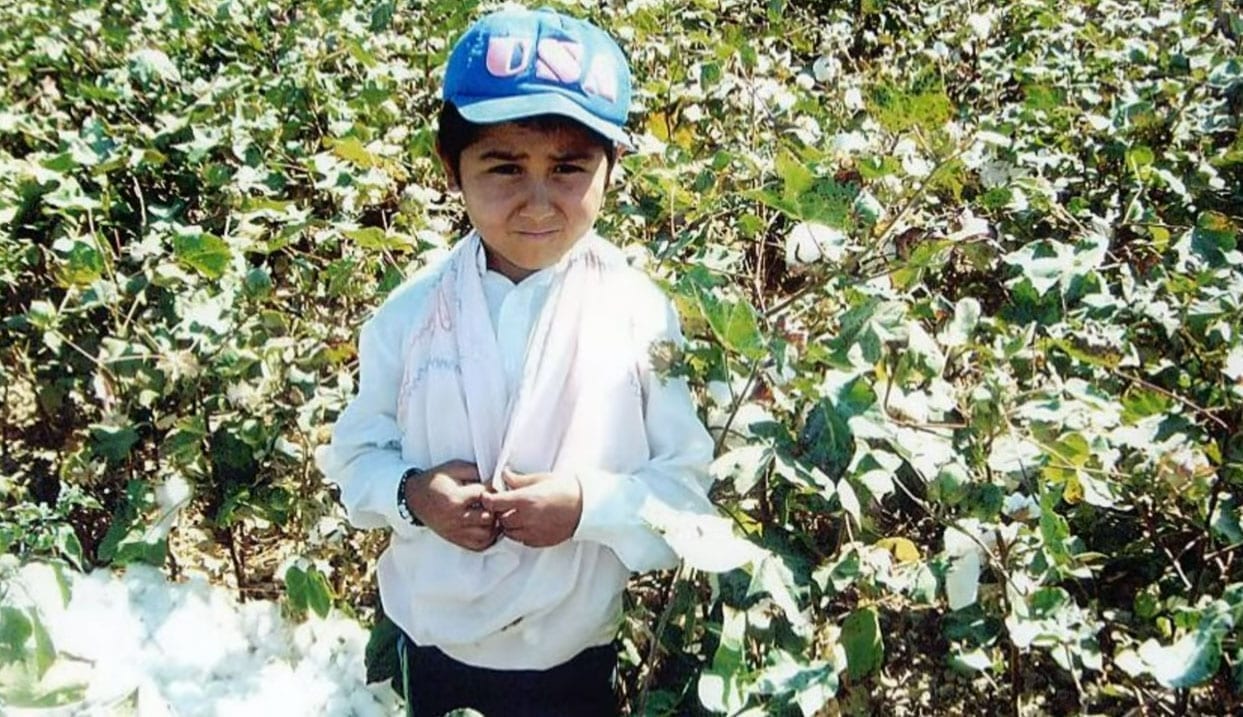
Oct 19, 2015
Six people, including two boys, one age 2, another age 17, died this month in circumstances related to Uzbekistan’s fall harvest, according to the Uzbek-German Forum for Human Rights. Uzbekistan primarily uses forced labor for cotton harvesting in September and October, and last year, at least 17 people died during the harvest season.
The 2-year old boy died while his mother picked cotton under threat of losing her job as a kindergarten teacher. The 17-year old boy and at least three others died when the cargo truck transporting them to the cotton fields rolled over. Yusuf Esirgapov, a medical doctor, died after local officials ordered his arrest and two-day detention as punishment for not fulfilling the cotton harvest quotas assigned to the hospital he directed.
The Uzbek-German Forum, which regularly compiles updates on forced labor in Uzbekistan, also reports that the director of a middle school threatened to fire a pregnant teacher to mobilize her to contribute to the cotton harvest, either by picking cotton or hiring someone to pick cotton instead of her.
Teachers, health care workers and students are among 1 million workers forced to toil long hours in the cotton fields, often without access to clean drinking water and typically work without crucial safety and health gear, exposed to toxic pesticides and dangerous equipment. The state owns most of the land, leases it to the farmers and imposes cotton production quota.
This year, the government of Uzbekistan is expected to make $1 billion in profit from cotton sales, money that disappears into an extra-budgetary fund in the Finance Ministry to which only the highest-level officials have access, according to a 2015 Uzbek-German Forum report.
Uzbek police twice assaulted human rights monitor Elena Urlaeva this year, once in May for documenting forced labor in the cotton fields and again in August for distributing pamphlets explaining laws that prohibit forced labor.
In July, the U.S. State Department boosted the ranking of Uzbekistan in its Trafficking in Persons report, moving it up to the “Tier 2 Watchlist.” The designation means the State Department claims Uzbekistan does not fully comply with the U.S. Trafficking Victims and Protection Act (TVPA) standards but is making significant efforts to become compliant. In its 2014 report, the State Department ranked Uzbekistan as “Tier 3,” the lowest designation that means it does not fully comply with the minimum TVPA standards.
Earlier this year, the Solidarity Center was among 30 global unions, business associations and nonprofit networks urging the U.S. State Department to ensure its Trafficking in Persons report accurately reflect the serious, ongoing and government-sponsored forced labor in Turkmenistan and Uzbekistan.
In August 2015, the Uzbek government committed to “prevent the mobilization of education and medical personnel for the cotton harvest,” at a roundtable with the International Trade Union Confederation, International Organization of Employers, United Nations, embassies and other high-level officials. Last year, the Uzbek government signed loan agreements with the World Bank agreeing to the suspension of finance if there is child or forced labor in the project areas.








